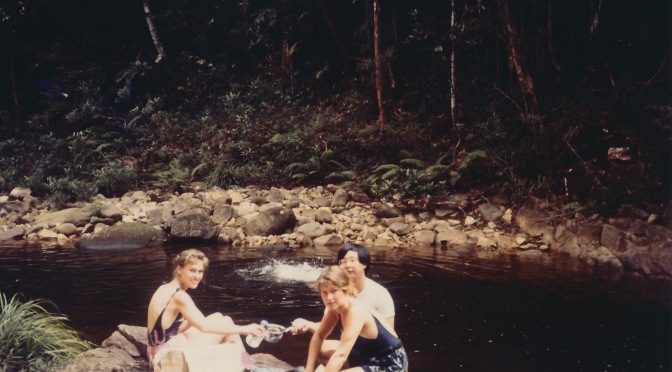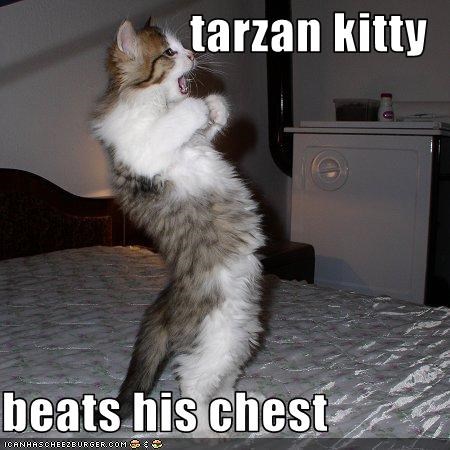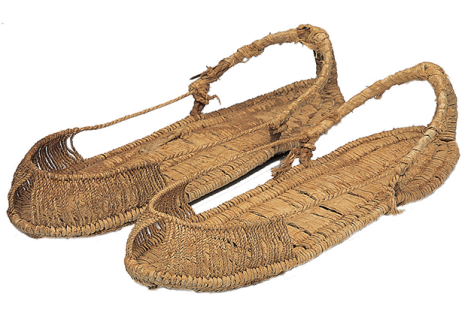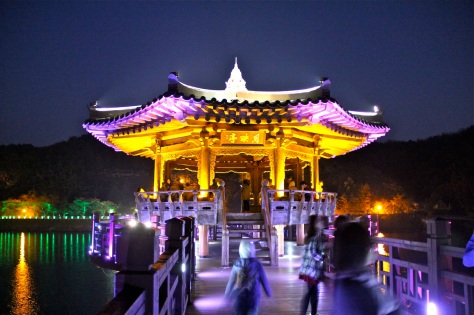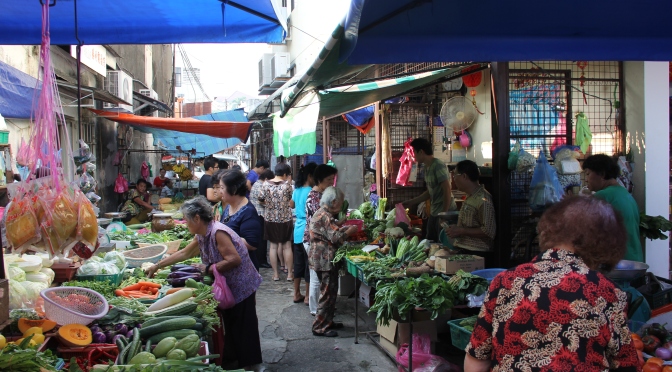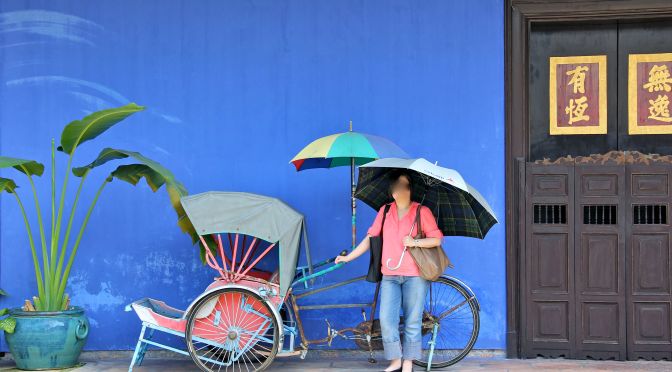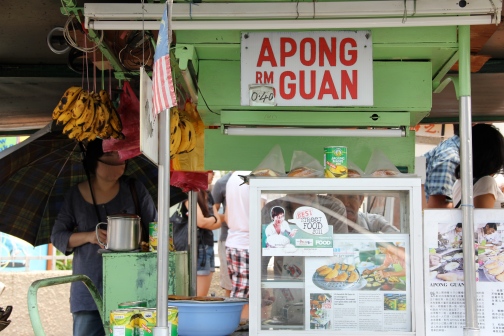Some of you came by and left happy birthday wishes last week. I was not able to immediately reply because I was in neighboring Singapore and was too skinflint to spring for the cost of wifi. Nevertheless, thanks for the messages which I appreciated even though I don’t normally observe that day in any special manner. ( I am still annoyed and have been for many years that I can no longer claim to be an ‘irresponsible’ teenager).
Anyway, I spent most of my birthday on the open road, driving to Singapore. However, the point of this post is to share with you my experiences at one of Singapore’s more recent attractions, the Gardens by the Bay.
The place is located on reclaimed land within a stone throw away from the famous Marina Bay Sands Hotel (well, it’s a stone throw if Hercules was doing the throwing). There you will find open gardens showcasing different types of flora to which admission is free and is a great place to walk around and get some serenity in the midst of bustling Singapore (avoid school holidays and public holidays though when the people throng through like sardine schools).
However, there are also the very spectacular Supertrees. These are tall 25 -50 m structures shaped like trees with a spreading canopy but most special of all is that vegetation has been encouraged to grow on the structure creating a natural green and living wall. At night, the Supertree Grove is lit up and twice a night a very beautiful light show is performed. The Supertrees are also linked by a walkway that allows you to take in the Supertrees and the view of the gardens from several storeys up. These Supertrees alone are probably worth making the trip to the Gardens.
However, there are two enormous greenhouse like domes; the Flower Dome and the Cloud Dome. The former is basically a large climate controlled greenhouse for plants including arid desert plants and flowers. When I was there, the focus was on orchids.
The Cloud Dome is a massive structure that houses a huge man-made hill complete with waterfall. The uniqueness is that the whole structure houses plants normally found in tropical cloud forests. Apart from the spray from the waterfall, the dome creates its own mist cloud every few hours to keep the riot of vegetation happy. It is quite the sight. Walkways bring you in and out of the structure so that you can get views of it from a distance, up close, from above, by its side and from below and every other possible view.
I hope you enjoyed the photos. It is a great place although the price of admission to the two domes seemed a little bit steep and although the cloud forest dome was very stunning, I found the variety of plants there more limited than I had expected. As for the Flower Dome, I have seen far more impressive floral displays elsewhere.
So, overall, I think it is worth a visit especially for the Supertrees. For the rest, I hope they will work at improving it further.
